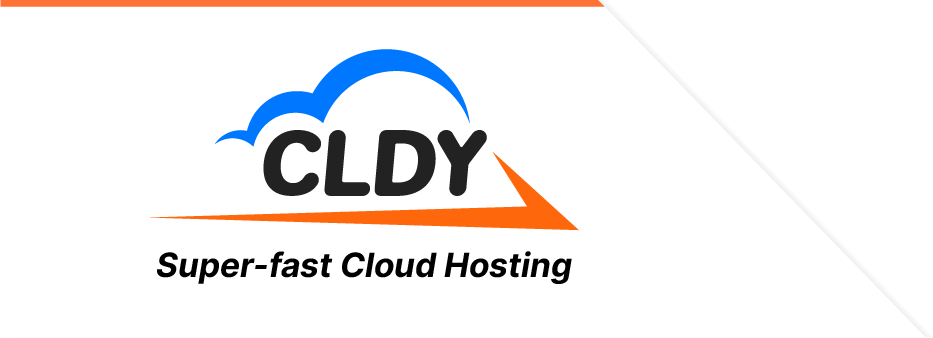New customer acquisition is often—if not always—a priority for businesses. While it’s understandable to want to introduce your brand to a new audience, you also need to develop strategies to minimise churn rates.
So, what is churn rate? Churn rate, or customer attrition rate, measures the percentage of customers who stop doing business with you. For example, if you are running a subscription-based business, you calculate your churn rates based on how many people discontinue their subscriptions within a given time period.
Now, average churn rates vary per industry. But there’s no doubt that high churn numbers put a wrench in your business’s finances. So if you’re ready to explore ways to keep your churn rates low and growth rates high, keep reading.
The Churn Rate Formula: How to Calculate Customer Churn
Churn rates can be calculated by dividing the number of churned customers by your total number of customers for that period, and multiplying the result by a hundred. . You can calculate churn rates by month, day, quarter or annually. Typically, businesses like to analyse their churn rates by month.
Churn rate formula: Churned customers (for a specific period) / total customers x 100
For example, your subscription-based service manages to gain up to 1000 customers for the month of November. At the end of the month, you saw 100 users unsubscribe from your service. So your churn rate for the month of November is 10%.
7 Reasons for Customer Churn and How to Reduce Churn Rates
1. Bad service
To no surprise, the biggest reason customers leave is that they found better service elsewhere. Now, you could think that losing one customer would have little to zero impact on your business.
But think about this, the average dissatisfied customer is likely to tell twice as many people about their negative experience than happy customers do about their own experience. This statistic shows how bad customer service can hurt your business.
The Fix: Personalise, personalise, personalise
When you interact with your customers, treat them with respect and patience. Sure, some customers are bound to get agitated when things don’t go their way, but keep your emotions in check and try to empathise with their situation. It’s also important that you train your staff on customer service etiquette as well.
Personalisation also goes a long way when it comes to customer service. So, make sure you provide personalised customer service through your different channels. It can be as simple as remembering their names and asking for feedback. It also helps to use a Customer Relationship Management (CRM) platform, to record and track a customer’s information.
2. Customers don’t know to use your product
You’ve made a great product, marketed it to your audience, and even successfully started selling it— so what’s next? Well, it’s time to get people to actually use your product and achieve success.
If customers find that your product or service isn’t achieving what they initially signed up for, then expect a rise in churn rates. Your products and services need to fulfil pain points and make the consumer’s life easier. You need to give users value for their money or risk losing them.
The Fix: Improve your customer onboarding process
Onboarding is more than just teaching customers how to use your product or service and calling it a day. It marks the first of many interactions between your business and a new customer. Ace your onboarding experience, and it can greatly minimise churn rates.
Don’t believe us? Let the numbers speak for themselves. It’s estimated that 74% of potential customers switch to other solutions when they find the onboarding process complicated. It’s even more crucial to optimise onboarding if you run a freemium model. 63% of customers identify onboarding as a key factor when deciding whether or not to subscribe to a product or service.
To improve your onboarding process, consider the following practices:
- Onboard them right away. Don’t wait until you close a sale, onboard customers the moment they start a free trial or sign up for a freemium plan.
- Prepare onboarding assets. Whether it’s a welcome email, a video tutorial, a routine check-in, or help articles—make sure you have assets for the beginning to the end of the onboarding process.
- Gamify. Want to keep users engaged? Celebrate customers’ milestones to make them feel valued. You can even take it one step further by rewarding customers with badges, freebies, or discounts every time they achieve their goals using your product or service.
3. The price isn’t right
A product that’s too expensive or too cheap spells bad news for your churn rates.
Overpriced products tend to push customers to lower-cost competitors. Overly low prices, on the other hand, aren’t always the best business idea either. While most customers hunt for a good budget, they also go by the saying “you get what you pay for”. Simply put, low prices can backfire for businesses because consumers perceive your product as lower quality.
The Fix: It’s all about value
Control price-sensitive customers by marketing your brand the right way. Show consumers that your products or services offer value, so they don’t perceive your brand as “low quality”.
If you offer higher pricing and notice a high churn, it’s time to go back to the drawing board and compare your prices against direct competitors. In cases where you can’t afford to lower your pricing, justify it by reframing your product’s value. Tell customers what they’re getting when they sign up for an S$80/month subscription compared to a competitor offering just S$60/month.
4. You’re marketing to the wrong audience
It happens to many businesses. You invest in marketing, set up a robust online presence, and run out of home advertising—only to not get the results you were after.
There’s a reason why ‘target audience’ is such a trendy marketing buzzword. These are your ideal customers. You understand their pain points, needs, and buying behaviour. You don’t need to waste marketing resources on people who don’t need your product.
The Fix: Create marketing segments
Identify high-value customers by collecting data from your existing customer list. You can follow these techniques:
- Set KPIs. KPIs are a great way to measure the value a customer brings to your company. Look at metrics including Customer Lifetime Value, purchase frequency, intervals between purchases, and total revenue per customer.
- Send out surveys. Gathering customer feedback is a great way to learn about your customers. It helps you identify any gaps in your business and lets you anticipate customer needs in advance.
- Set up a loyalty program. Already have one? That’s great. Loyalty programmes help you identify your highest-spending customers.
Use the information you gathered to market to leads who are similar to your high-value customers. Sure, you might get a smaller list of prospects. But a more narrow, targeted list reduces churn rates and cost per acquisition.
Additionally, you also get to personalise your onboarding process and marketing messages to meet their needs.
5. Your competitors are one step ahead of you
Picture this: You have managed to come up with a great business idea and decided to market it to the world. You came up with competitive pricing and a strategic marketing plan to match.
But customers are leaving. And what’s more, they’re heading straight to your competitors.
There are many reasons customers leave for your competitors, but perhaps the most common is that they see your competitor’s product as a better fit.
The Fix: Define your competitive advantage
A good business plan always has a competitive advantage listed down. There will, after all, be companies that offer similar products and services as you do. By defining your competitive advantage, you get a better understanding of your value proposition, target market, and competitors.
From here, you can develop and implement strategies that could position your business ahead of competitors.
Let’s take Apple as an example. We all know how competitive the consumer electronics market is. But Apple has successfully set itself apart by pioneering innovative, premium-priced products that share the same operating system, applications, and software.
What businesses can learn from Apple’s model is that the brand took the time to define its audience. The brand actively markets to users looking for more high-end electronic models. Second, it has created proprietary products, allowing them to offer something unique to the electronics market.
6. Payment processing errors
Not every instance of customer churn is voluntary. Customers may unintentionally end up dropping from a subscription because of a payment processing error. The causes vary, it could be an expired card or insufficient funds. No matter the cause, it’s worth noting that these errors make up as much as 30% of all customer churn.
The Fix: Be proactive after a payment failure
While this might seem straightforward, it’s a good idea to be aware of the most common causes of payment failure:
- Insufficient funds: Exceeded credit limits, insufficient debit card funds — these are just reasons banks reject payments. To avoid payment failure due to low funds, send out payment-due notifications early on. Make sure to include step-by-step instructions and a call-to-action so customers are clear on what steps to take.
- Card expiry and incorrect information: Credit and debit cards have expiry dates, with credit cards expiring within just 3 years. Inaccurate card information, including incorrect expiry dates or the wrong billing address, are some of the top causes of payment failure.
To mitigate these issues, ensure that your system makes it easy to update payment information. Completely eliminate the need for customers to call you to update. The more tedious the process, the more likely they won’t do it. - Incorrect gateway configuration. When it comes to online payments, customers want to complete everything in a matter of seconds. That said, you instantly put a dent in your churn rates with a misconfigured payment gateway. To prevent this from happening, opt for a payment gateway that routes to multiple payment processors. Aside from optimising payment flows, you also facilitate global expansion by accepting payments in local currencies.
7. It’s not you, it’s your product
Even the best marketing efforts won’t solve a problematic product. Releasing a flawed product for the sake of a quick buck will only cause you problems in the long run. Whenever your audience purchases a product only for them to realise it doesn’t solve their problems won’t just hurt your churn rates, but your reputation in the long run.
If you’re selling seasonal products, on the other hand, then you’re obviously going to see high churn rates when the season is over. For example, a costume store would likely see more customers during the Halloween season. Swimwear stores, on the other hand, see an influx of orders during the summer season.
The Fix: Modify and diversify
Let’s tackle product issues one by one, starting with a product that fails to deliver value.
Running a business is a continuous process, you need to keep looking for ways to modify your product to make it more competitive. Conduct a customer satisfaction survey to assess what features you could be lacking, purchase likelihood, and their overall sentiments of your business.
Second, let’s talk about counteracting churn if you sell seasonal products. The most obvious strategy is to sell off-season products. Let’s take the swimwear store as an example. In addition to swimsuits, you can diversify your offering with other sportswear items.
Additionally, it’s good to continue producing content and engaging with customers even during the off-season. The more you engage with your target audience, the more likely they’ll look for you during the next peak season.
Apply Our Proven Churn Rate Techniques Today
High churn rates put a strain on any business, eventually leading to closure if no action is taken.
Make it a point to engage with your customers and listen to their needs. Remember, retaining customers is a more cost-effective strategy than acquiring new ones. So keep your current customer base happy enough to stick around.










